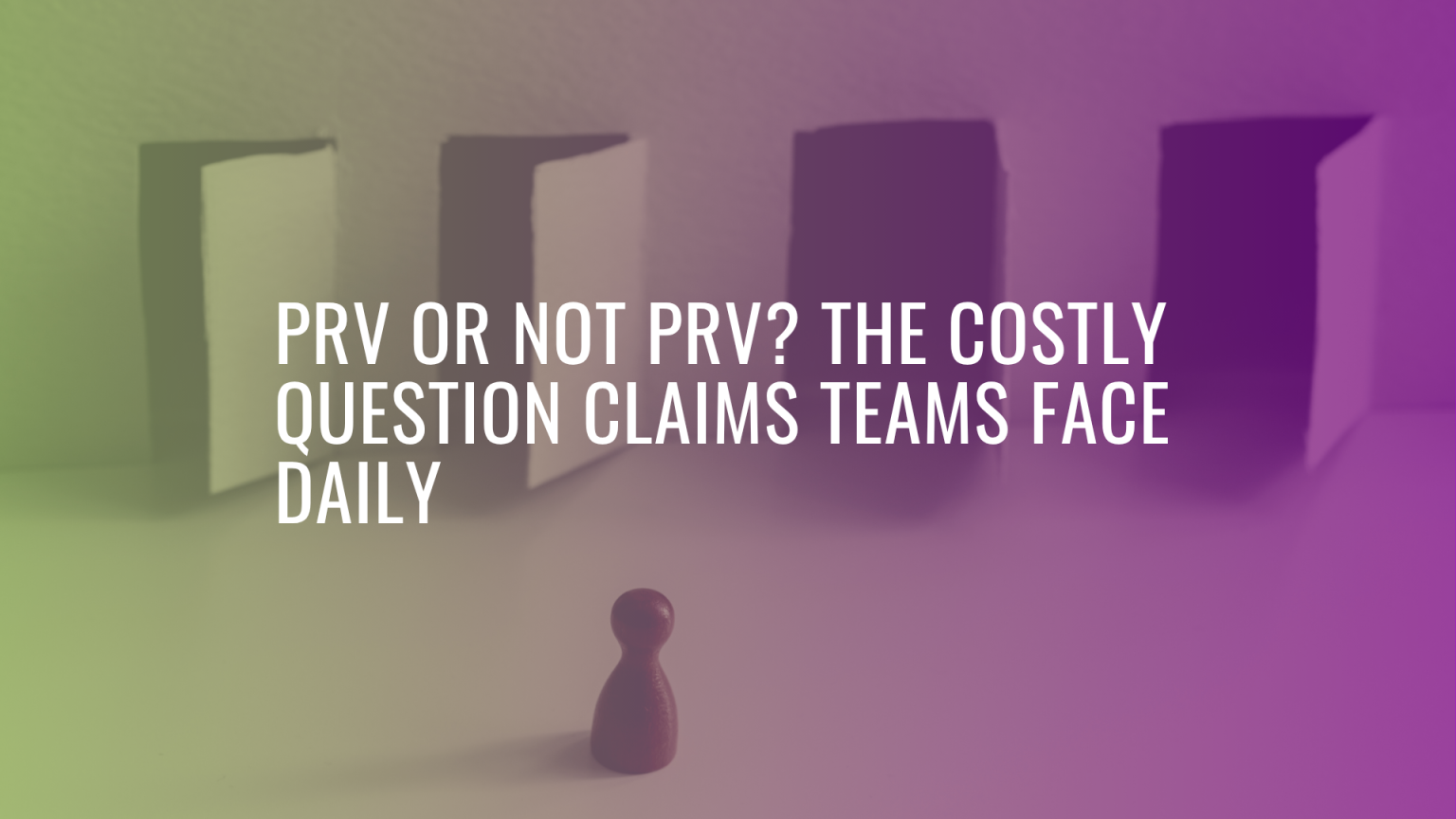Why PRVs Are Becoming More Common
A claims manager recently shared why their organisation decided to mandate post-remediation verification (PRV) on all mould and Category 3 water damage claims. The decision followed incidents where reinstatement work proceeded without proper clearance, leaving both the insurer and claims team exposed to risk.
This highlights a challenge for many insurers: how to balance strong risk management with cost-effective claims handling when it comes to PRV requirements.

What Is A PRV?
A PRV is an independent assessment that confirms remediation work has been completed successfully and that the indoor environment is safe for reoccupation or building reinstatement.
These assessments are typically performed by qualified third-party professionals, such as certified hygienists or indoor environmental specialists, ensuring impartiality and technical rigour.
When Should A PRV Be Used?
Rather than applying blanket rules, a risk-based approach to PRVs delivers better outcomes. Situations where PRVs are most beneficial include:
- High-risk contamination scenarios – such as Category 3 water events or extensive mould contamination.
- Vulnerable occupant situations – homes with elderly residents, young children, or individuals with compromised health.
These scenarios carry higher health and safety risks, making independent clearance critical.
Building A Decision Framework
Instead of mandating PRVs for every claim, forward-thinking insurers are developing decision-making frameworks. These frameworks consider:
- Contamination source and severity
- Occupant vulnerability
- Uncertainty factors (such as incomplete information or hidden damage)
A structured approach empowers claims teams to assess risk and determine when PRVs provide genuine value, rather than relying on rigid policies that may increase costs or overlook critical risks.
Empowering Claims Teams
Once a clear framework is in place, insurers can:
- Train claims staff to identify indicators that warrant PRVs
- Document decision-making processes to ensure transparency
- Communicate reasoning clearly with internal teams, vendors, and policyholders
This empowers teams to make informed, context-driven decisions while maintaining consistency and accountability.
A Strategic Approach To PRVs
PRVs remain an essential tool for confirming that remediation work is safe and effective, protecting both insurers and policyholders. However, using PRVs strategically—rather than mandating them for all claims—delivers better outcomes. It provides certainty in high-risk situations while controlling costs and reducing unnecessary delays.
Ultimately, this approach safeguards claims outcomes, customer wellbeing, and insurer reputation.
